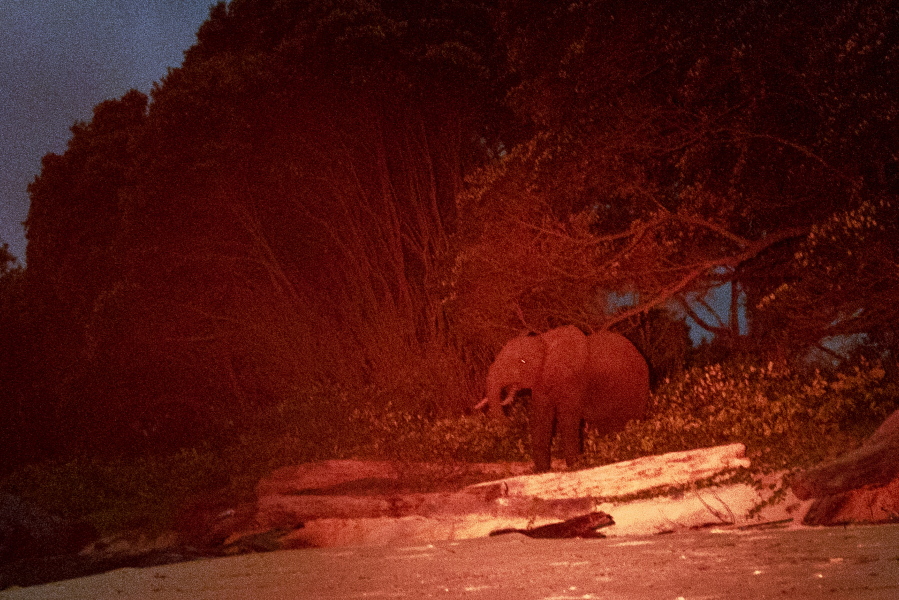PONGARA NATIONAL PARK, Gabon — Loss of habitat and poaching have made African forest elephants a critically endangered species. Yet the dense forests of sparsely populated Gabon in the Congo River Basin remain a “last stronghold” of the magnificent creatures, according to new research that concluded the population is much higher than previous estimates.
Counting forest elephants is a far bigger challenge than surveying plains-dwelling savanna elephants from the air. It takes difficult and dirty scientific work that doesn’t involve laying eyes on the elusive animals that flee at the slightest whiff of human scent.
Instead, researchers have been trekking for years through dense undergrowth collecting dung from Gabon’s forest elephants and analyzing the DNA from thousands of samples to determine the number of individual elephants in each plot of land examined.
Now the survey by the New York-based Wildlife Conservation Society and the National Parks of Gabon, released Thursday, has concluded that the central African country of about 2.3 million people harbors about 95,000 forest elephants.



